How to Inexpensively Start a New Podcast: Planning and Production
In this second installment of this three part series of starting a podcast, I’ll be looking at the actual process of recording the show. Now that you hopefully have all your gear, you’ll need to learn how to put it all together and use it. Let’s get started.
There’s plenty of tips and tricks that I could give you in this post. There’s so many things that go into making a podcast that I could make a course on it myself… beyond what Pat has!
If you’ve forgotten his tips or haven’t seen them, here’s that video:
Here are 6 more tips that will help you make an impression with your podcast:
Planning
So let’s start before where Pat started in his tutorial – which is the planning stage. This particular stage shouldn’t be taken lightly. So I’m going to cover it more detail.
The one thing he did cover was how long the podcast should be. And, I couldn’t agree with him more.
1. Who’s your Audience?
The first thing you’re going to have to consider just like all any other independent creator, is to figure out what your audience wants. What makes them, well… them? The best way to do this is to make a list of 20 some people who you think might be interested in your potential show. Find out from them what they’d want to hear discussed.
Not sure who those 20 people are? Ask yourself what kind of people do you want to help or entertain? What kinds of things do they geek out about? Do they appreciate their time? Do they like to kill time? How can you add value in that space?
2. Length of Your Show
Once you’ve determined who your audience is going to be, you can start thinking about the length of your show.
Let’s start our first by thinking about what you’re trying to accomplish with your show. Here are three potential examples of popular shows.
- Action based. Meaning, are you going to be giving plenty of tips? Are you going to be interviewing people like Pat does to help others do something?
- More general conversation – a Hybrid. Where you’re actually just sitting down with the person to get to know them and have them share their expertise a little bit. That’s what we do on the AoL Podcast. Try and get a little bit of both.
- Deep conversation about anything and everything – Maybe you’re just going to have a podcast where you’re just talking about everything and anything that’s going on in general in your specific topic or with your specific guest? Not focused so much on actionable discussion, but high content. More like a radio show.
Generally speaking, as you progress from specific action based discussions to a more conversational show, the longer your podcast is going to be. It just takes time to get into a good discussion that will captivate your audience.
That’s one reason why Tim Ferriss’ shows are so captivating. His longest shows at times are often his best ones. Some of those have been known to go 2 or 3 hours! He’s even said a couple of times that’s why he does have such long conversations – to dive extremely deep.
That said, he doesn’t release a new show every day, either.
So, here’s a thought. If your plan is to give tips, tactics, and actionable items on your own or with one other person. The more you can do it, the better. Think of Entrepreneur on Fire or Ask Pat.
If you’re going to be more in depth with a person, maybe a 45 minute to an hour chat, make it, at most, twice a week. Art of Charm is a good example there. Maybe throw in a Q&A call.
And if you’re going to go in-depth, make it once a week.
3. Interviewing Style
If your show is going to have guests on it, you’ll need to figure out what your interviewing style is.
What do I mean by this?
Here are three types of interviewing:
- Highly Structured – Ask basically the same questions with every guest you have
- Loose Structure – Use a framework to form questions based on the guest.
- Low or No Structure – Engage in regular inquisitive conversation.
Regardless of the type you use, make sure you communicate to your guest what’s important. Let them know what kind of structure you use. Also, it might be a good idea to keep in contact with them before the interview actually happens so they know it’s a for sure event.
High Structure:
Obviously, asking the same questions is going to be more scripted sounding. Whereas inquisitive conversation is going to be based on what the guest is saying at the time.
The pros of having a scripted show is that you and your audience will always know the questions and points that are going to be discussed.
The cons of this type will be that you might run the risk of being too scripted and come across as a robot. Or, even if you don’t sound scripted, it might still get repetitive. If patterns of answers start forming with your guests, you might lose parts of your audience because they already know the answer.
Loose Structure:
The middle ground interview type. Instead of having the same questions each conversation, this structure works more on a framework. In Pat’s tutorial, he mentioned that his favorite podcast at the time had different parts to the show. That show sounded like it uses a framework. In the AoL Podcast, we also use a framework for our conversations too. The overall structure is the same, but the questions change from show to show.
The good thing about using this type of structure is that it saves some time with your interviews and it won’t get super repetitive.
The bad thing is that it might sound like you’re trying to cram a ton of stuff into a single show without really going deep into much of it.
Low or No Structure:
True masters of interviewing typically use the Low or No Structure approach to their interviews. Every show is different because every conversation is different.
Essentially you let the guest lead the conversation and paint the picture.
The good thing about this type of interview is that it’s very relatable. Listeners will feel more like they’re part of the conversation as it naturally progresses.
The problem with this type of format is that it’s only done well in long format. To even scratch the surface of the guest, it might take the interviewer an hour. And even then, they might not get everything answered that they’d like to. Interviewing novices probably shouldn’t attempt this format as you they might not ever get the guest to truly open up – especially if they ask the wrong questions.
As a bonus, if you’re good at the low or no structure approach, guests will appreciate your company more because you’re not coming with agenda. That’s why Cal Fussman and Larry King have been able to make so many friends over the years of their career. They’re genuinely interested in the interviewee.
4. Finding Topics to Discuss
I used to produce a couple of shows that have since discontinued. One of was full topic based while the other was a hybrid show consisting of topics and interviews.
One thing that you should consider when discussing topics is, again, how pertinent they are to your audience. Three great ways to find topics is by discussing popular posts on blogs, threads in forums, or questions that are asked by your audience.
Remember that a lot of the media these days get their “news” from reddit.com
Production
When it comes to production, there’s going to be a ton of differences between how people get things done. Whether you have a PC or a Mac, use Garageband or Audition, or even how you record everyone. Personally, I have everyone record their side so there’s no hiccups from the Skype connection (I think Chase calls this dovetailing).
But there are a few things everyone can do when it comes to doing things inexpensively.
1. Intro and Outro
The intro to your show is part of it’s personality. It’s how people will recognize that they’re listening to the right show when they’re busy doing something else – be it driving, working, or exercising.
A lot of people will say that you need a short intro. To keep it to a minimum because people have short attention spans.
While that might be true in some instances, I really think it depends on your audience whether or not that advice is relevant.
If you’re audience includes people who are looking for a quick show, then yes. You’re going to want to have a quick intro. Or perhaps your topic is headline or news material, than yeah. A short intro is better.
However, if it’s a deep dive and you’re planning on having shows that approach an hour or more, then it’s not really going to matter that you have a minute to a couple of minutes long intro session. It really helps if you give an idea about what the show is going to be about so your audience can determine if they want to spend their time listening to it.
Same thing for the outro. If you have a long chat, make room for a proper outro. The worst thing you could do with an epic chat is just do a sudden drop. Have a wrap up and a call to action.
Also, as a little side note. If you’re going to use music with your intro or outro, you can take Pat’s advice to go buy stock music. Or, you can search for Free Stock Music and use that instead. There’s tons of samples out there on Soundcloud, YouTube, even Microsoft had some at one point. Just make sure you give credit if the artist asks for it.
2. Have a Backup Recording
You can never have too many recordings of a conversation. I mentioned that I use dovetailing to get everyone into the conversation without any skips. However, you can’t count on your guests or co-hosts to have their copy of the conversation.
That’s why you want to have something that actually records Skype.
If you have multiple people on the line, it’s good to have a control document. That way the flow of the conversation goes in the right direction at all times. There’s nothing worse than going over the same information twice on an hour long show and/or wasting your guest’s time because someone lost track of what was being discussed.
Also, play with the settings of your hardware and software so you get the best quality – and have your co-hosts and guests do this too. If it’s completely alien to you or them, find a tutorial in how to use your equipment when it’s brand new.
Action Steps
This time around, I want you to start thinking about your audience. The people that you want to help, influence, or entertain.
What kind of stuff do they want to listen to? Do you know for sure? Are there already other shows out there that’s like what you’re thinking about creating?
If you’re not sure, ask a few of them.
Once you get a good idea on what they’d like to hear about, determine how you want to deliver it based on what we talked about above.
And then, start familiarizing yourself with that hardware and software you should already have. It really helps to look up YouTube videos on this stuff.
Or, better yet, you can get 5 weeks (as of this writing) of free Fizzle and take a course where Chase illustrates some tricks of how he does the Fizzle Show. If you’re thinking about using Logic Pro X, I highly recommend it. I learn something new each time I watch it!
To be Continued…
Ok, so that’s it for part 2 of this 3 part series.
Next week, in part 3, we’ll be bringing it all home. Learning how to export your podcast and then figuring out where your going to post it so others can start hearing your great message!

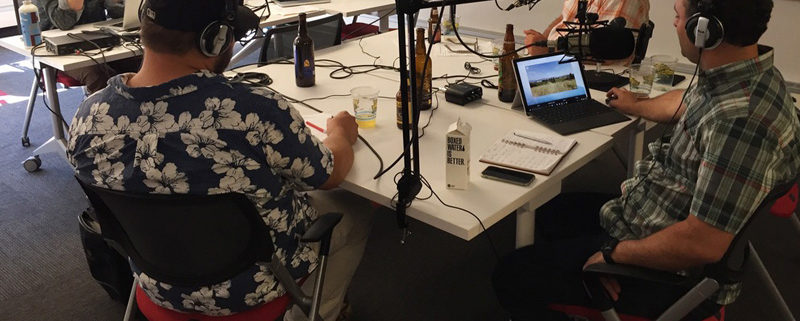

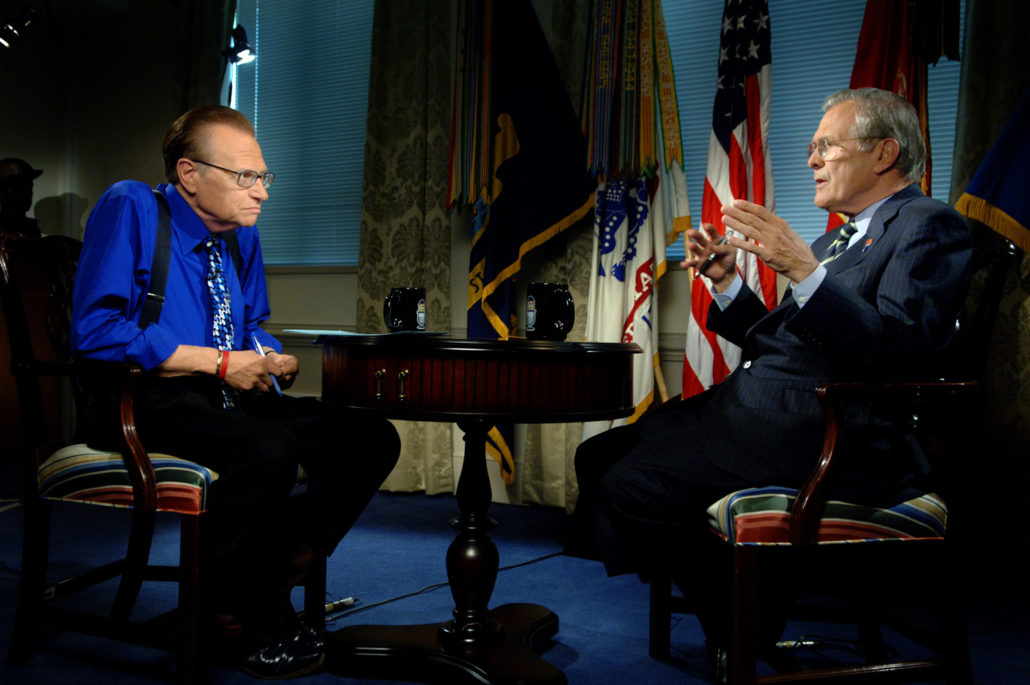
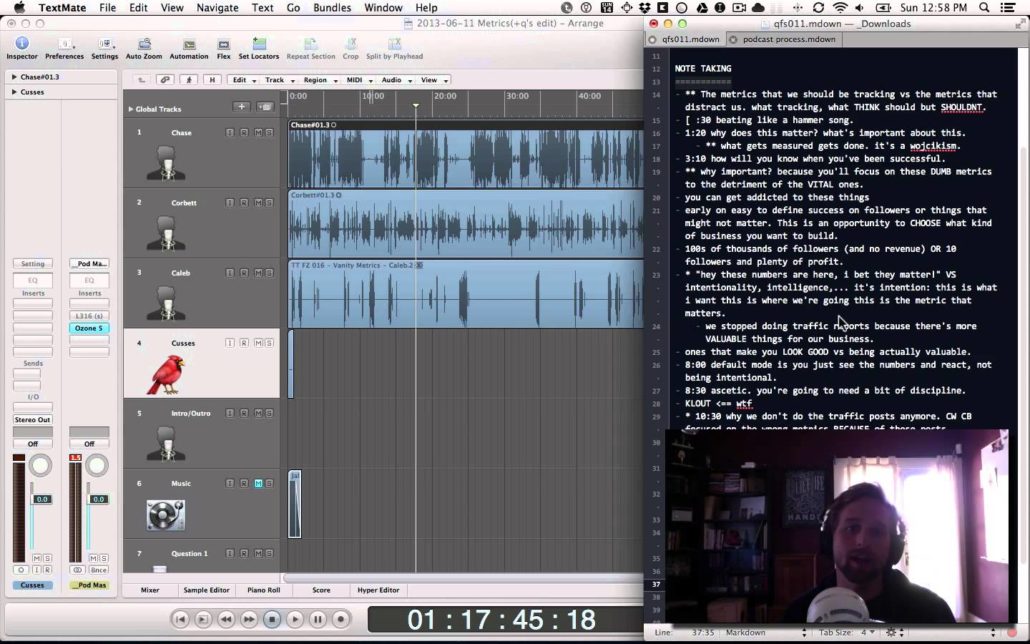
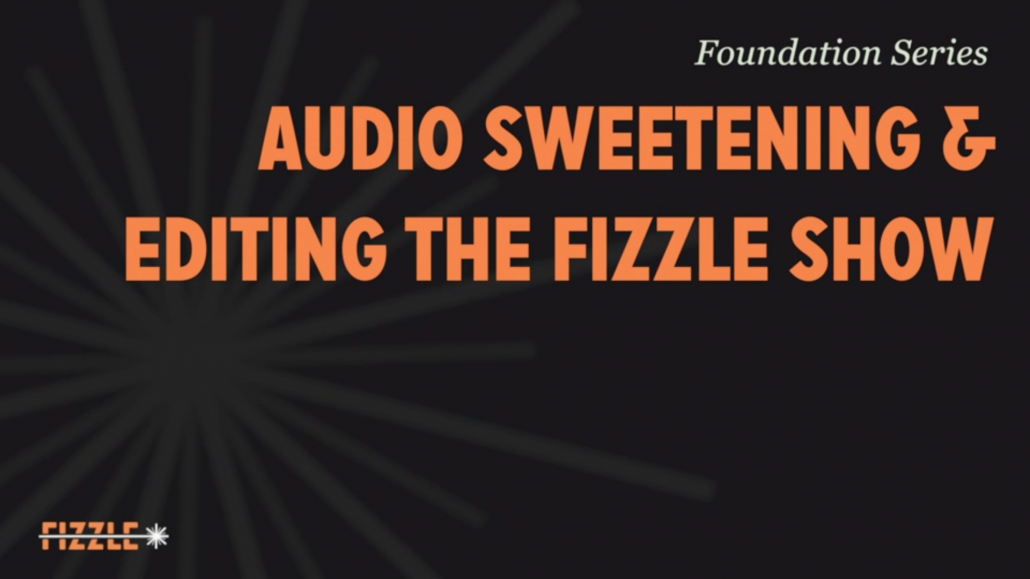
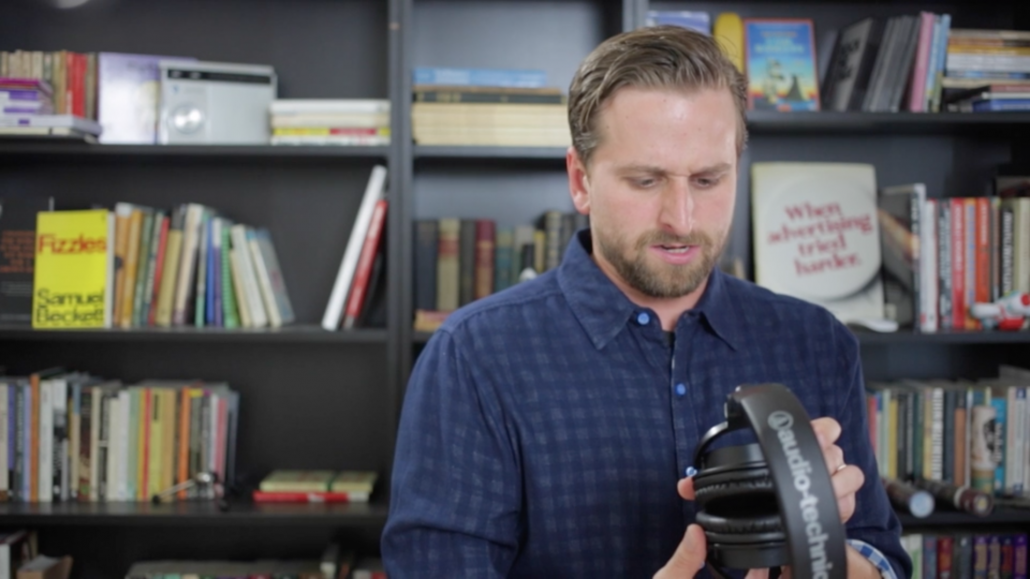
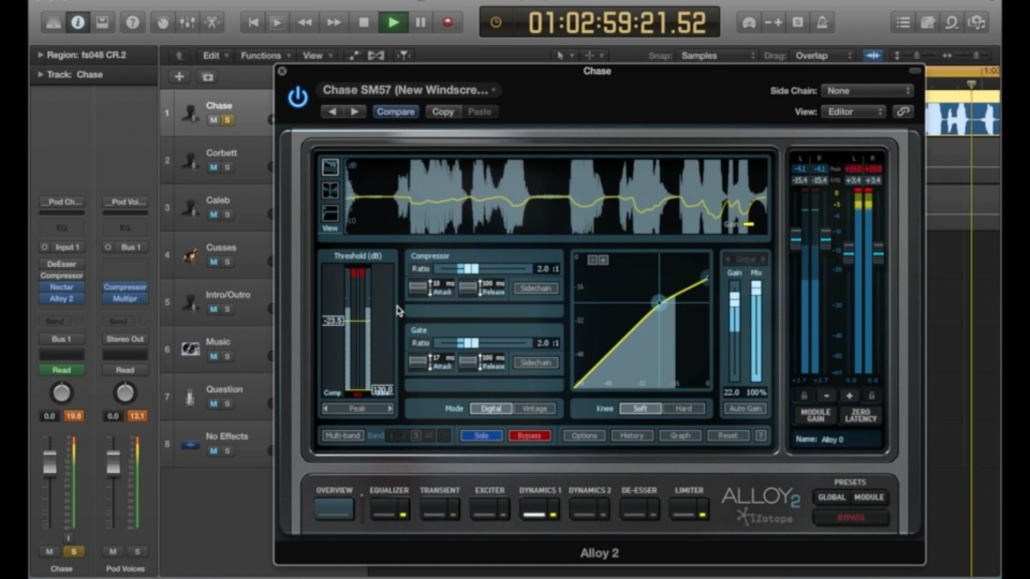



Leave a Reply
Want to join the discussion?Feel free to contribute!